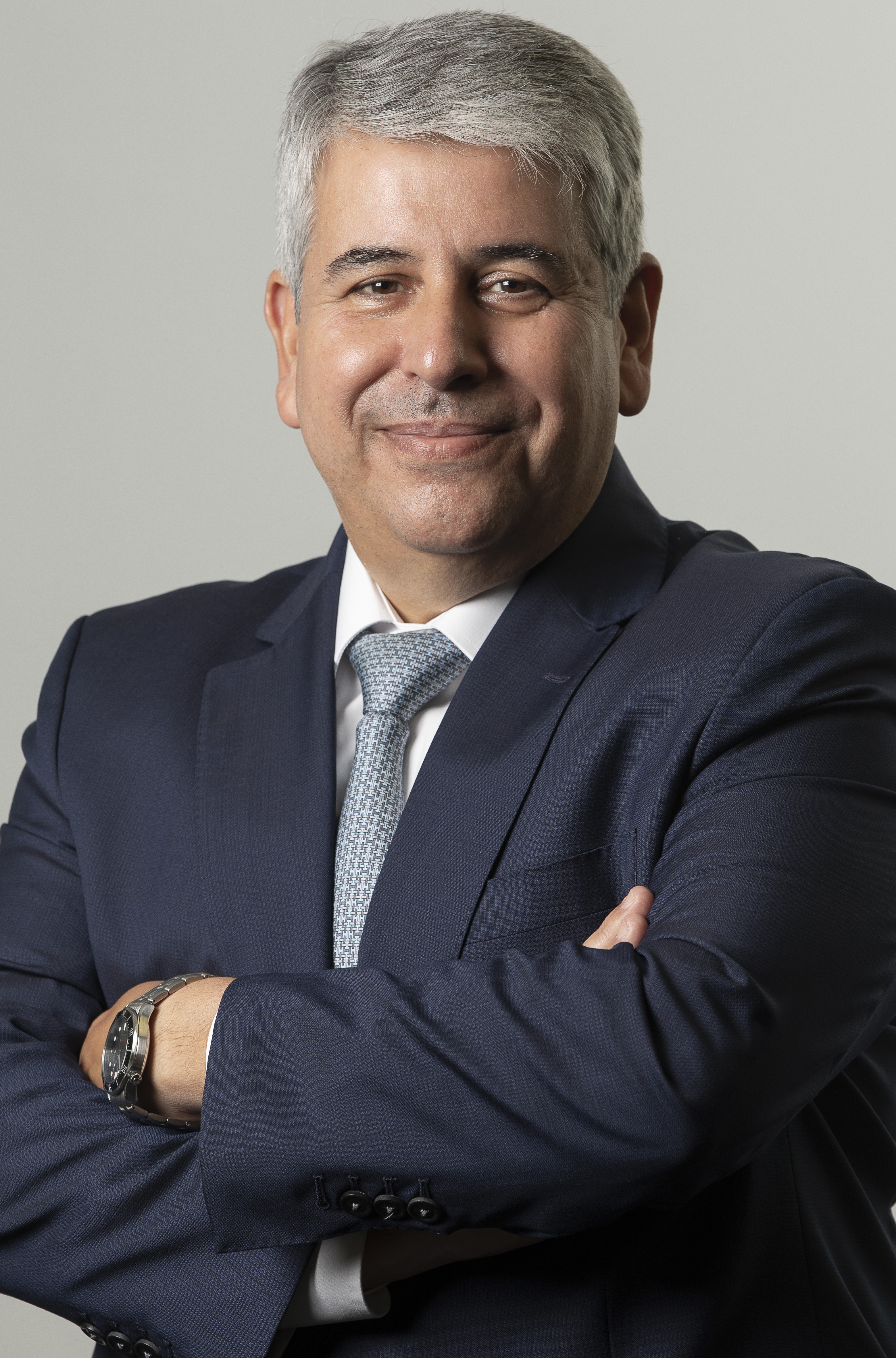How will technology enable banks to become trusted and established digital brands that deliver the experiences their customers want and value in the future?
When thinking of a bank’s strategy in the short and long term, very few doubt that technology is an essential part of banking success. Increasingly, however, customers and clients value, not only new technologies that deliver savings and efficiencies, but also ones that empower clients and provide added value to legacy commercial and operational processes. And if we look at things from a customer’s point of view, there are a number of areas that need to be taken into account for banking success:
Embracing innovation
First, banks must minimise the drag on innovation caused by legacy technology and be prepared to adopt new technologies where they will deliver value, regardless of organisational hurdles.
At CaixaBank, Spain’s largest retail bank, for example, the efficiency and productivity of our technology will always be paramount. In particular, we must be able to evolve to the cloud environment, to DevOps [development operations], and to introduce artificial intelligence tools into systems development and infrastructure maintenance. The challenge for us is immense, as our investment capacity is relatively low when compared to big technology companies, hence the rigorous analysis of where we allocate our resources is absolutely crucial.
Reimagining products and services
Second, banks must move on from first generation digitalisation – building technologies that replicate traditional products and processes – to creating true omnichannel models, including their own digital native fintechs, and digital ecosystems that include services well beyond the boundaries of a traditional bank.
We believe that, with all our acquired knowledge, it is now time to rethink and modernise processes making them increasingly autonomous.
Luis Javier Blas Agüeros, chief operating officer at CaixaBank

At CaixaBank, the journey towards true digital transformation is reflected in several different initiatives. CaixaBank’s Imagin platform is one of the largest fintech companies in Europe, with three million clients. It is a financial ecosystem offering a range of social and educational services, which is different to the product range of a traditional bank. It is also a platform within a traditional bank that allows the bank to understand its customers’ evolving needs and respond to them.
More broadly, CaixaBank is working on four key transformation projects. One is CloudNow, a consolidation of what we have built in our internal cloud, which involves providing the bank with a hybrid multi-vendor cloud vision. Another is AI application in processes. We believe that, with all our acquired knowledge, it is now time to rethink and modernise processes making them increasingly autonomous. The third is the full integration of data analysis. And lastly, and just as importantly, is the team that integrates all of these projects. We want to launch an ambitious skills transformation project for our technology teams. Success can only be guaranteed with the best skilled and motivated people.
Cloud is key
The use of cloud technology has served as a catalyst for our digital banking transformation. CaixaBank has been a ‘fast follower’ of the cloud and has spent several years analysing its advantages and disadvantages. Today, more than 70% of the bank’s transactions are executed in its private cloud, and from next year, CaixaBank will be able to migrate those capabilities to the public cloud.
In this fast-paced environment, we believe that the best approach is to adopt a hybrid cloud model, where the bank retains capabilities in its critical infrastructure, working in close collaboration with a provider such as IBM to assist on the journey. Undoubtedly, the cloud is moving to the forefront as a focus for the banking and financial services industry. It is there where innovation is generated, and the ecosystem where we want to work with partners, such as Salesforce for our CRM [customer relationship management], or Microsoft for our workplace.
Ultimately the banks that succeed in the digital era will be those that deliver ecosystems of products, services, and experiences, tailored to customer’s individual needs, using AI, big data, cloud processing or applications, and partnerships with third parties in the financial sector and outside it.
I firmly believe the banking sector of the future will evolve, where banks become companies that provide their clients with experiences that cater to all their financial and consumer needs. The important thing is to not just create more technologies, but to utilise them to make these companies more sustainable by financially empowering their clients.
In the future, we will not talk about technology and business development as different aspects. They will have merged into one ‘technology business’.





